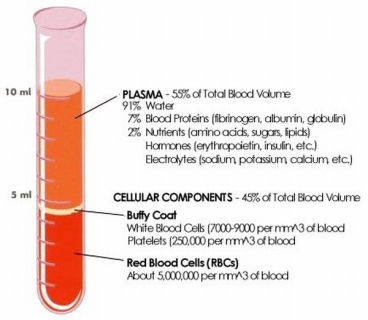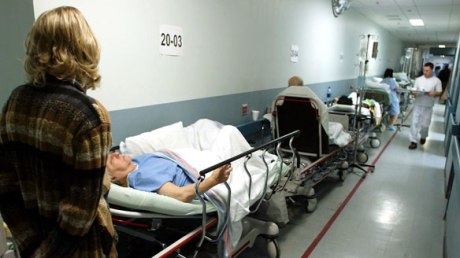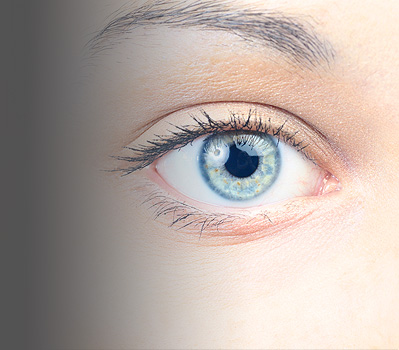We believe they’re for patients who want to get well.
The most famous precursor to modern stem cell therapy was pioneered by Dr. E. Donnall Thomas in 1956, when he treated a case of juvenile leukemia by completely replacing the child’s bone marrow. His risky, painful, and complex experiment immediately became associated with children and leukemia.
But Dr. Thomas’s experiment should not be associated with modern stem cell therapies any more than Civil War hospitals should be confused with modern ones, or than Mathew Brady’s photography should be confused with digital cameras. Even so, sales agents for other stem cell techniques have been heard to disparage autologous bone marrow techniques by suggesting this anachronistic association.
To be fair, every technique in practice has its advantages. Stem cells are easier and cheaper to harvest from peripheral blood or body fat. Stem cells purchased from specialist labs allow the doctor to rely on a third-party laboratory for research and quality control. And stem cells from bone marrow, when properly prepared, are more vital and effective than those from other sources.
Bone marrow stems cells are not very popular with a lot of clinics because they require more skill to harvest, they require specialized equipment to prepare, and require the doctors involved to invest themselves personally in research and development. We at ProgenCell believe these disadvantages are acceptable when balanced against the superior medical care we are thereby enabled to give our patients.






